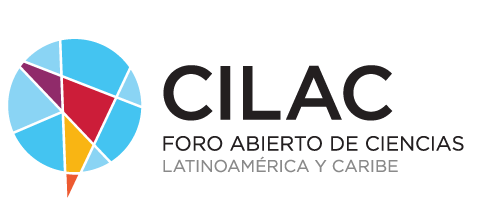Una mosca macho se acerca a una flor, se posa encima de lo que cree que es una mosca hembra y se mueve. Está tratando de aparearse, pero no lo consigue. Lo intenta de nuevo y su seductora compañera no responde. No hay nada que hacer. Finalmente, se da …
El apartado destinado a ciencia e investigación crece en los Presupuestos Generales del Estado en 2023, pero no porque el Gobierno incremente los fondos, sino porque Europa aportará más dinero. Así se desprende del ‘Informe sobre la Política de Gasto 4…
An international team of scientists, including those from the Canary Islands Volcanological Institute (INVOLCAN) and the University of Granada (UGR), has discovered a "hot core" of magma less than 10 kilometers deep from the mouth of the Te…
They're known as 'ghost particles,' and for the first time, a team of physicists has managed to create them in the laboratory. Neutrinos may be among the most abundant subatomic particles in the Universe, but they have no electrical charge and are…
The mystery of Oumuamua, the first object from beyond the Solar System detected by human technology, appears to be coming to an end. At least that's what astrochemist Jennifer Bergner of the University of California and astrophysicist Dar…
In 1802, with his first two symphonies and three piano concertos already completed, Ludwig van Beethoven asked his brothers to give some instructions to his doctor, Johann Adam Schmidt. He wanted the doctor to publicly describe his symptoms after his death.
El 71% de la superficie de la Tierra está cubierta por agua. Sin ella la vida en nuestro planeta no sería posible tal y como la conocemos. Mares, ríos, lagos, lluvia… El agua parece estar por todas partes. ¿Pero de dónde llegó exactamente esa cantida…
El matemático argentino-estadounidense Luis Caffarelli (Buenos Aires, 1848) ha ganado el Premio Abel 2023 , considerado el ‘Nobel de las matemáticas’, por sus contribuciones para resolver los llamados problemas de frontera libre , aquellos en los que s…
Un equipo internacional de astrónomos ha encontrado en nuestro Sistema Solar una nueva clase de objetos. Rocas espaciales que desdibujan la frontera entre asteroides y cometas, disparando chorros de polvo y gas que resultan del todo invisibles para los…
La sonda japonesa Hayabusa2 recogió en 2018 alrededor de 5 gramos de material del asteroide Ryugu , una ‘peonza’ de 900 metros de diámetro a 280 millones de km de la Tierra, y las trajo a nuestro planeta dos años después. Desde entonces, los restos (bá…
